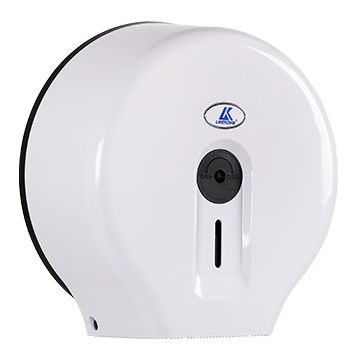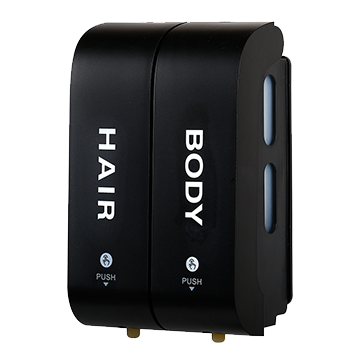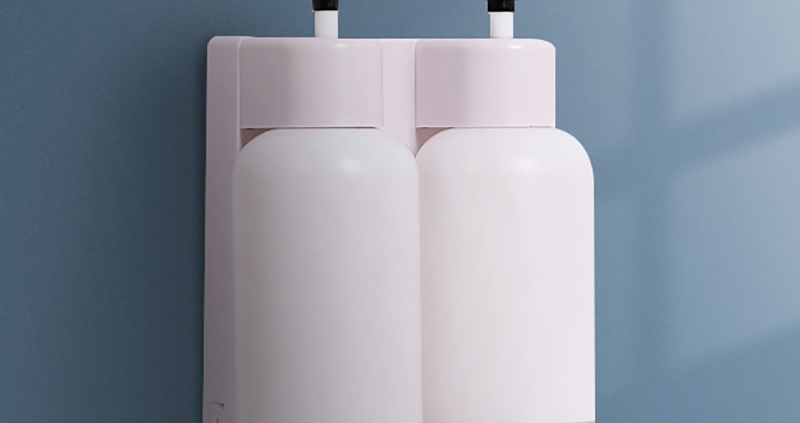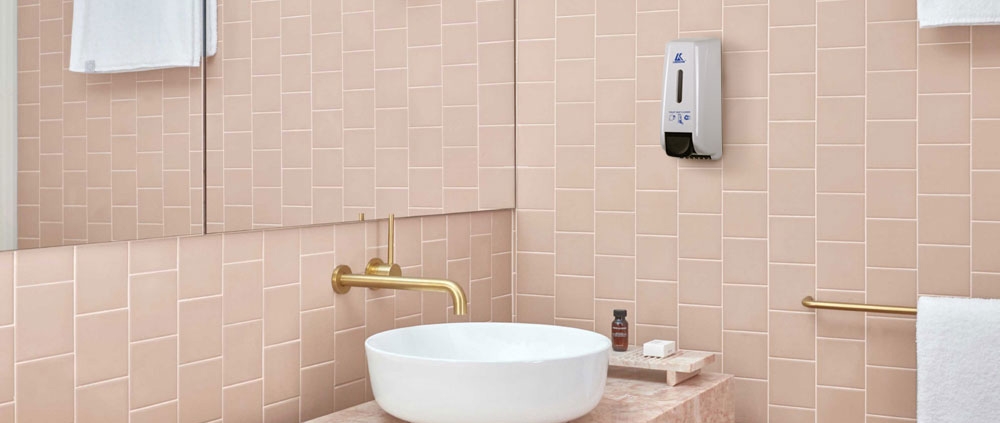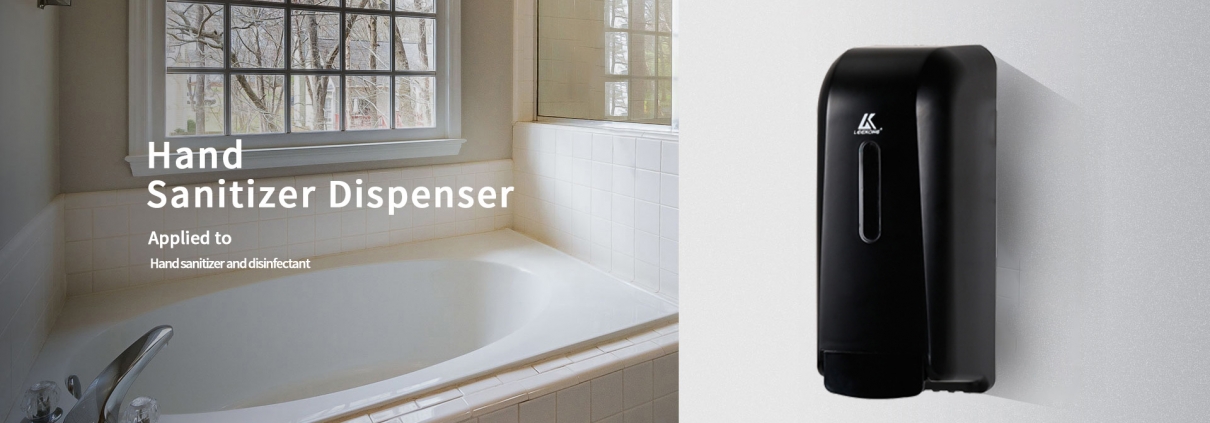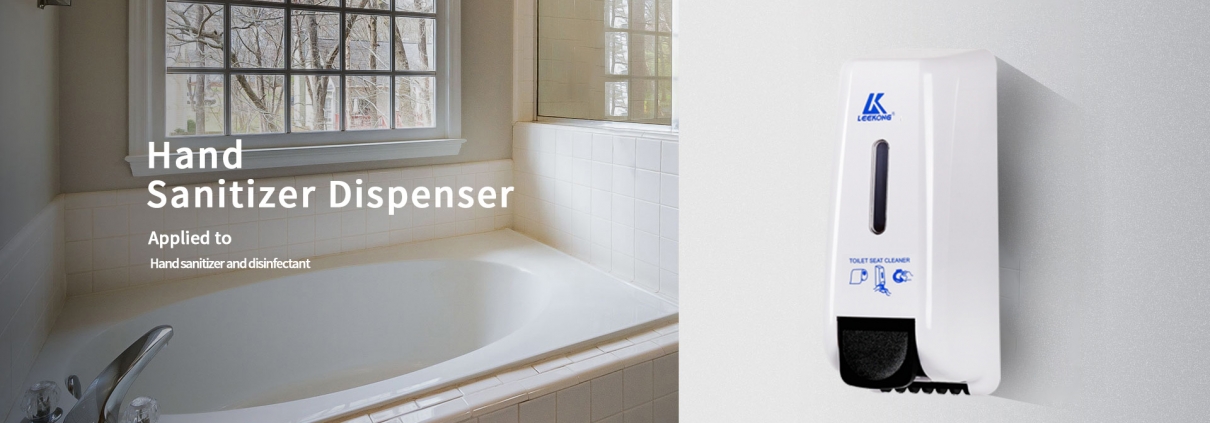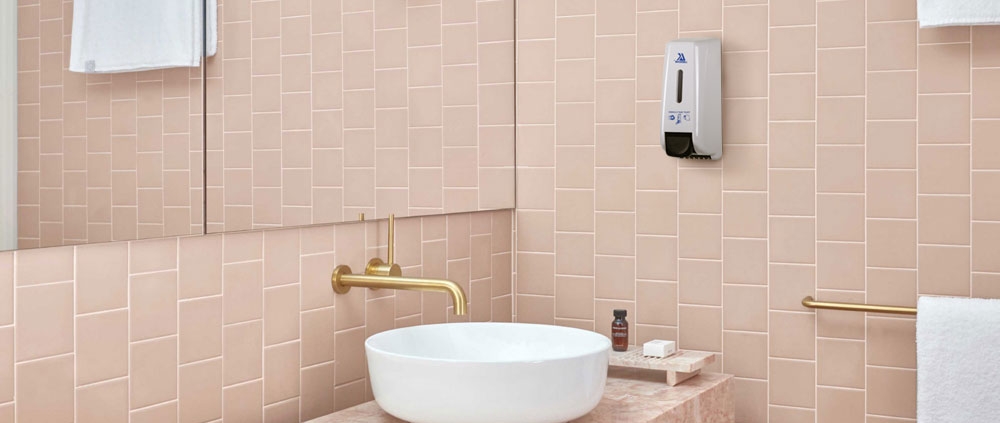Although they are not always responsible for designating or installing paper, soap, and other bathroom dispensers, building service contractors still need to be aware of the expectations of client facilities. After all, BSC is the one who fills and maintains the dispensers, and they are often responsible for buying paper and soap.
Overall, manufacturers say, facilities are installing universal dispensers with modern designs and a heavy bias toward automated models.
“Although there are still plenty of proprietary distribution systems in the market, we recognize that more and more clients prefer to purchase generic or generic dispensers and retain their ability to negotiate better deals for larger expenditures (paper products used in dispensers),” said Palmer Fixture Co., of Green Bay, Wis. Greg Kampschroer, vice president of marketing.
Whether they use proprietary or generic products, buyers are paying more attention to design than in the past.
“In general, people are just paying more attention to the bathroom,” said Debbie Bonas, associate marketing manager for San Jamar in Elkhorn, Wis. Visitors and employees focus on the cleanliness of the restrooms, while buyers focus on how clean the restrooms are, Bonas said.
“Customers want a full range of dispensers with a matching look,” adds Nathalie Comeau, director of marketing for the C&I division of Cascades Tissue Group in Caniac, Quebec. “[They also want] personalised dispensers – they use them for advertising or to promote their company name.”
Buyers are also looking for more durable designs that can resist abuse, Ponath added. One common design is a dispenser with a curved top, so it can’t be used as an ashtray, she said.
Another trend across the entire dispensing category is “contaction-free” technology. Instead of using a plunger, handle or crank to access soap or paper, users wave their hands in front of a facility that automatically dispenses controlled quantities of product. Some contactless paper systems are not fully automated, but still only require the user to touch the towel he or she will be using. Either way, this reduces the likelihood of cross-contamination and encourages reluctant users to wash their hands.
“We’ve seen studies from the American Society for Microbiology that show that many people don’t wash their hands after using the restroom,” says Lou Tieman, senior manager of SCA Tissue restroom Systems in Neenah, Wisconsin. Placed contactless dispensers will be a means to improve hand-washing compliance in our country and realize the benefits of reduced absenteeism and improved quality of life.”
Paper preference Whether contactless or traditional, the buzzwords for towel and paper towel dispensers are control and volume. As towel buyers recognize the costs of excessive paper use and waste, Comeau said, they are moving to units that can distribute only one towel at a time or a controlled length of rolls. Folding towels fell out of favor because it was easy for users to take too many towels, she added.
Another important trend is capacity – even class A office facilities are moving away from small dispensers to those that can accommodate as much product as possible without sacrificing aesthetics.
“High-capacity dispensers reduce the time needed to monitor product usage and refill dispensers,” Tieman said. “For example, high-capacity bath towel paper rolls have a large capacity and can significantly reduce maintenance time because employees do not have to refill dispensers frequently.”
“There are now 13-inch diameter reels that can hold the capacity of 10 or more standard reels, which reduces the labor required for inspection and refills,” said Bobrick Washroom Equipment Inc., a North Hollywood company. Alan Gettleman, director of marketing at California
The large-volume dispensers are also designed to be more attractive, so office buildings can install them without an institutional appearance, he added.
Another recent trend in toilet paper is “compact paper towels,” adds Tom Banks, director of business marketing communications at Georgia Pacific in Atlanta.
“It’s a dense volume; Turn it around and look at the edges and you see that there is no core, just a small hole, smaller than a dime, “Banks pointed out. This allows more organizations to be used in the same amount of space and also eliminates the waste of organizational cores.
Hand hygiene The correct type and availability of paper is essential for any restroom maintenance program, but soaps and other hand hygiene products are also crucial. As with paper, facilities are looking for systems to reduce consumption and replenish labor. One big trend, several experts say, is foaming hand sanitizers.
Rather than dispensing as a liquid, lather hand sanitizer is similar to shaving cream — soap is mixed with air during production, adding volume and preventing users from dispensing too much product.
“The foam hand sanitizer gives the user some advantages,” says Mike Tarvin, director of technology for Multi-Clean in Shoreview, Minn. The foam allows users to use 40 percent less soap. Another benefit is that you don’t have to blister. It’s just spread evenly over your hands.”
Hand sanitizers represent another change or supplement to traditional liquids or bars of soap.
“Hand sanitizers are growing in popularity for a number of reasons,” says Gojo Industries Inc., an Akron, Ohio, company. Martin O’Toole, director of Product Systems/Professional Marketing group. “People are generally more concerned about the spread of germs and they are taking active steps to take care of themselves. Hand sanitizer offers convenience benefits. Unlike soap and water, hand sanitizer can be used anywhere. Dispensers can be placed in community areas or high-traffic areas within the facility. Bottles can be placed on a workstation. There’s even a wearable dispensing option to ensure hand sanitizer is always within reach.”
The dispensers themselves are moving away from wall-mounted devices and toward countertop installations, Gettleman says. A recent soap distribution system, Gettleman says, is one that connects up to five countertop dispensers to a sealed soap supply system. The supply holds soap for up to 13,000 washes and a reserve for 2,000 washes; This allows cleaners to check and refill soap much less frequently.
Sealing systems are important, he added, because traditional bulk soaps can eventually curdle or become contaminated when exposed to air and fall out of favor.
“Bulk soap systems are not as popular as they were a few years ago because of the risk of contamination and the difficulty of maintaining them,” O’Toole added. “In the 1980s, bag-in-a-box systems began to replace bulk systems because cartridges were more hygienic and easier to maintain.”
Now, he says, technology has advanced to the point where the space inside the dispenser can be used more efficiently, allowing for a greater amount of soap than the bag-in-a-box system.



